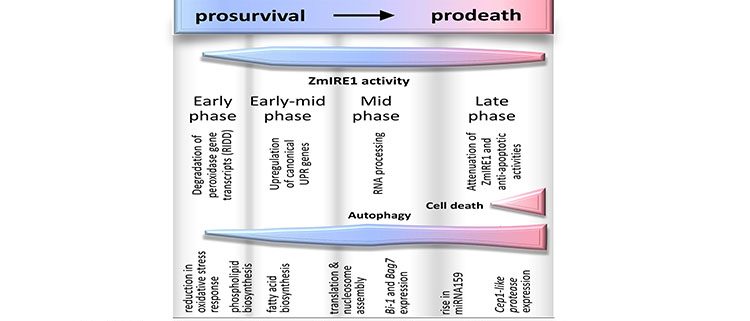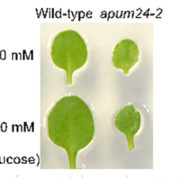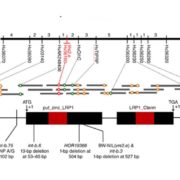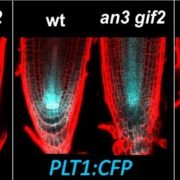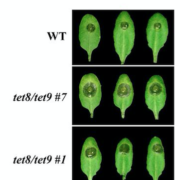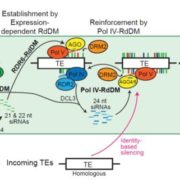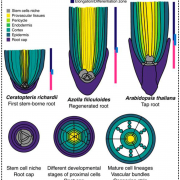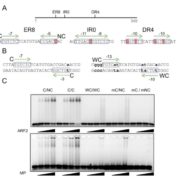Understanding ER Stress in Maize
Background: Maize is one of the world’s leading crops that is used for food, feed, and fuel. Maize is vulnerable to adverse environmental conditions that lead to production losses. Such conditions can upset delicate cellular processes in maize cells such as protein folding in the endoplasmic reticulum (ER). The accumulation of misfolded proteins in the ER is defined as ER stress, which elicits the unfolded protein response (UPR). The UPR activates gene expression and cellular events that help to mitigate stress damage and to combat further stress.
Question: In previous studies, we showed that ER stress rapidly activates two UPR signaling pathways, one that mobilizes ER membrane-anchored transcription factors and the other that activates an ER-resident RNA splicing factor. Here, we studied persistent stress and the interplay between molecular and cellular events that transition maize cells from survival activities to cell death.
Findings: We conducted gene expression studies to identify differentially expressed genes and the factors that regulate them, and we examined how these gene expression events are interwoven among cellular processes, such as autophagy and cell death. We found that in response to persistent ER stress, the UPR is a multiphasic process, and a key factor in shaping the stress transcriptome is the activity of the ribonuclease IRE1. At first, IRE1 exercises a promiscuous ribonuclease activity, degrading RNA transcripts of at least one family of genes involved in propagating stress response signals. This is followed by the upregulation of canonical UPR genes that mitigate stress damage. However, we observed that after prolonged stress, the activity of IRE1 dwindles while a protease, known to a master executioner in cell death, is upregulated.
Next steps: An important challenge that remains to be addressed is whether the gene expression changes in response to the UPR leave a footprint on the maize genome that conditions maize seedlings for greater tolerance to further stress. Also, what propagates the signal that transitions maize seedlings from one phase to another in response to persistent stress?
Renu Srivastava, Zhaoxia Li, Giulia Russo, Jie Tang, Ran Bi, Usha Muppirala, Sivanandan Chudalayandi, Andrew Severin, Mingze He, Samuel I Vaitkevicius, Carolyn J. Lawrence-Dill, Peng Liu, Ann E. Stapleton, Diane C. Bassham, Federica Brandizzi, Stephen H. Howell (2018). Response to Persistent ER Stress in Plants: a Multiphasic Process that Transitions Cells from Prosurvival Activities to Cell Death. Plant Cell. Published May 2018. DOI: https://doi.org/10.1105/tpc.18.00153


